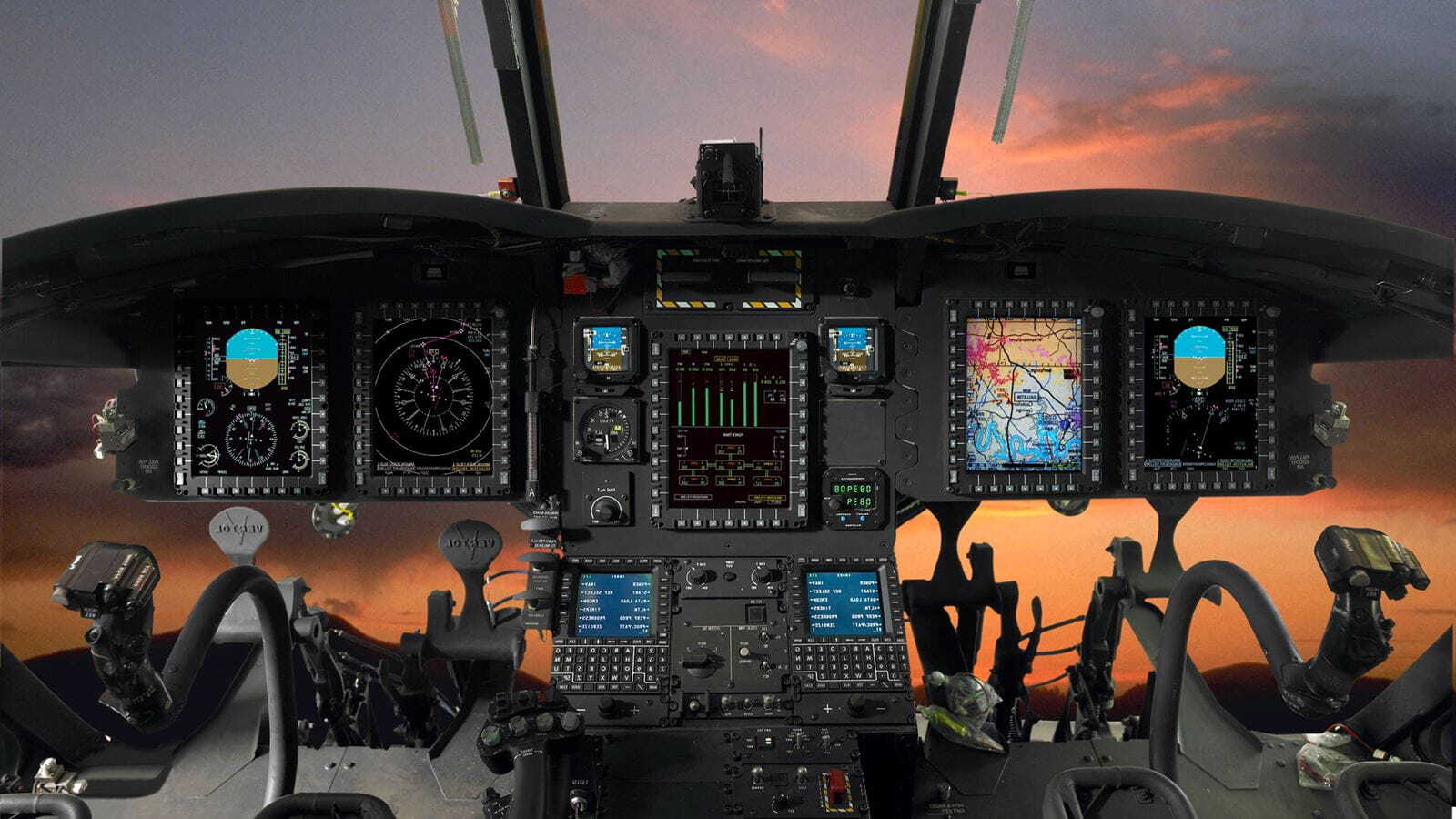
What are avionics systems? Avionics systems are the electronic systems used in aircraft, satellites, and spacecraft. These systems include communications, navigation, the display and management of multiple systems, and hundreds of other functions. Why are they important? Avionics systems ensure the safety and efficiency of flight operations. They help pilots navigate, communicate with air traffic control, and monitor the aircraft's performance. How do they work? Avionics systems use sensors, computers, and software to collect and process data. This data is then displayed to the pilot in an easy-to-understand format. Who uses them? Pilots, air traffic controllers, and maintenance crews rely on avionics systems to perform their jobs effectively. In summary, avionics systems are the backbone of modern aviation, making air travel safer and more efficient.
Key Takeaways:
- Avionics systems are electronic systems used in aircraft and spacecraft for communication, navigation, and flight control, making modern aviation safe and efficient.
- The future of avionics holds exciting possibilities, including next-generation air traffic management and integration with artificial intelligence, promising even safer and more efficient air travel.
What Are Avionics Systems?
Avionics systems are the electronic systems used on aircraft, artificial satellites, and spacecraft. These systems include communications, navigation, the display and management of multiple systems, and hundreds of other functions. Let's dive into some fascinating facts about avionics systems.
-
Origin of Avionics: The term "avionics" is a blend of "aviation" and "electronics." It was first used in the 1940s when electronic systems began to be integrated into aircraft.
-
Flight Control Systems: Modern aircraft rely heavily on avionics for flight control. These systems help pilots manage the aircraft's speed, altitude, and direction with precision.
Importance of Avionics in Modern Aviation
Avionics play a crucial role in ensuring the safety and efficiency of modern aviation. They provide pilots with the necessary information and control mechanisms to operate aircraft effectively.
-
Navigation Systems: Avionics include advanced navigation systems like GPS, which allow pilots to determine their exact position anywhere on Earth.
-
Communication Systems: Avionics also encompass communication systems that enable pilots to communicate with air traffic control and other aircraft, ensuring safe and coordinated flights.
Innovations in Avionics Technology
The field of avionics is constantly evolving, with new technologies being developed to enhance the capabilities of aircraft.
-
Glass Cockpit: Many modern aircraft feature a "glass cockpit," where traditional analog dials and gauges are replaced with digital displays. This provides pilots with more information in a clearer and more accessible format.
-
Autopilot Systems: Advanced autopilot systems can control an aircraft during various phases of flight, reducing the workload on pilots and increasing safety.
Avionics in Military Aircraft
Military aircraft often have specialized avionics systems designed to meet the unique demands of combat and reconnaissance missions.
-
Radar Systems: Military avionics include sophisticated radar systems that can detect and track enemy aircraft and missiles, providing critical information for defense and attack strategies.
-
Electronic Warfare: Avionics systems in military aircraft can also include electronic warfare capabilities, allowing them to jam enemy radar and communications.
Future of Avionics
The future of avionics looks promising, with ongoing research and development aimed at making aircraft even safer and more efficient.
-
Next-Generation Air Traffic Management: Future avionics systems will likely include next-generation air traffic management technologies, which will improve the efficiency and safety of air travel by optimizing flight paths and reducing congestion.
-
Integration with Artificial Intelligence: The integration of artificial intelligence into avionics systems could revolutionize aviation by providing pilots with advanced decision-making tools and automating more aspects of flight.
The Final Word on Avionics Systems
Avionics systems are the backbone of modern aviation. From navigation to communication, these systems ensure safe, efficient flights. They’ve evolved from basic instruments to sophisticated technology that pilots rely on daily. Understanding avionics helps appreciate the complexity and precision involved in flying. Whether it’s the autopilot keeping the plane steady or the radar detecting weather patterns, each component plays a crucial role. Next time you board a plane, remember the intricate systems working behind the scenes. They’re not just gadgets; they’re lifesavers. So, next time you look out the window, think about the technology making your journey possible. Avionics systems are truly remarkable, blending engineering and innovation to keep us soaring through the skies.
Frequently Asked Questions
Was this page helpful?
Our commitment to delivering trustworthy and engaging content is at the heart of what we do. Each fact on our site is contributed by real users like you, bringing a wealth of diverse insights and information. To ensure the highest standards of accuracy and reliability, our dedicated editors meticulously review each submission. This process guarantees that the facts we share are not only fascinating but also credible. Trust in our commitment to quality and authenticity as you explore and learn with us.


